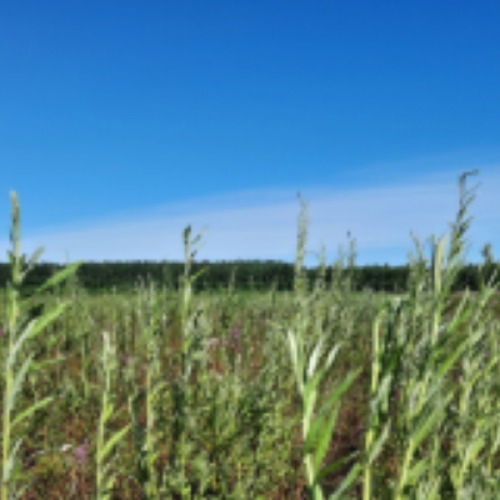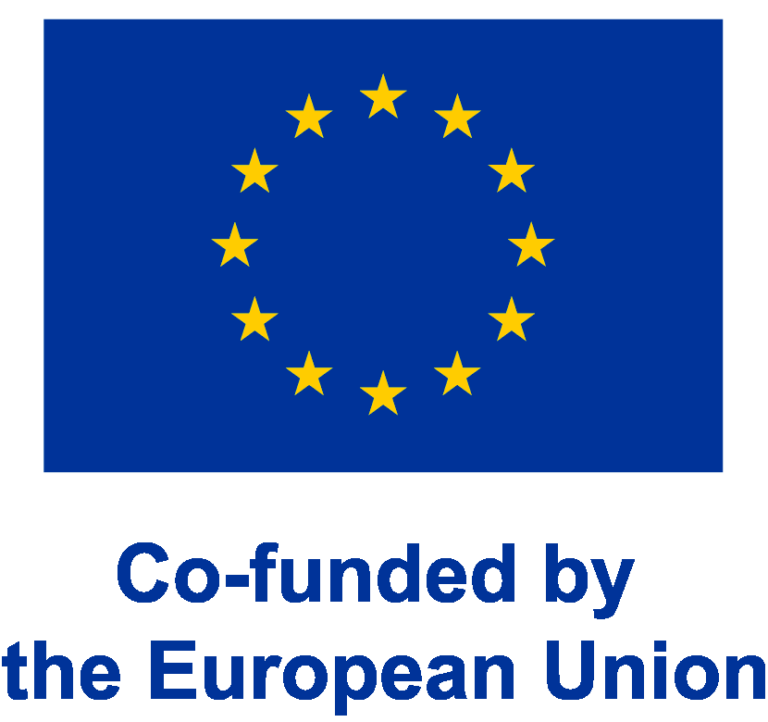
Value from the carbon market for the next land use of peat production areas
Funders

The project is funded by Just Transition Fund (JTF). The project is implemented by University of Eastern Finland, Geological Survey of Finland (coordinator), Seinäjoki University of Applied Sciences and National Resources Institute Finland.
Leaders
The need to reduce Finland’s and the European Union’s greenhouse gas emissions increases the pressure to direct areas to land use forms that preserve carbon reserves and to build systems where the landowner receives compensation for reducing emissions. Preservation of the peat carbon stock might offer long-term carbon credits either in state-led or voluntary compensation systems. The new market situation, in which the storage and sequestration of carbon has a salable value, brings new high-water-level after-use options to the consideration of the landowners, alongside the traditional post-use forms – afforestation and wetland pools – if only the operational methods and value chains can be made to work.
The project aims to create climate-friendly land-use models that generate financial benefits for the landowner and for the local entrepreneurs. During the project, scientific and technical, legal and administrative, and economic conditions for obtaining value from the preservation of the peat carbon stock and from carbon sequestration through paludiculture and restoration at former peat extraction sites with thick residual peat layer are evaluated. The project produces information on the climatic effects of the high-water-level land-use forms and compares them with the business-as-usual scenario based on the current land use. The following types of land use and the value chains originating from them are under consideration:
1. Mire creation
2. Short-rotation cultivation of willow with high water level, conventional cultivation as a control
3. Cultivation of reed canary grass with high water level, conventional cultivation as a control
4. Cultivation of Sphagnum moss
5. Cattail (Typha spp.) paludiculture
The project implemented from 1 October 2023 – 31 June 2026 and the project partners are Geological Survey of Finland (GTK), University of Eastern Finland (UEF), Natural Resources Institute Finland (Luke) and Seinäjoki University of Applied Sciences (SeAMK). The project is carried out in cooperation with the landowners of the pilot sites. A startup company in the carbon compensation industry, whose founders have international experience in producing and trading climate units, is also a partner in the creation of the operating models.
Leaders
Professors
Senior Researchers
-

Suvi Kuittinen
University LecturerSchool of Forest Sciences, Faculty of Science, Forestry and Technology -

Kamrul Hassan
Project ResearcherSchool of Forest Sciences, Faculty of Science, Forestry and Technology

